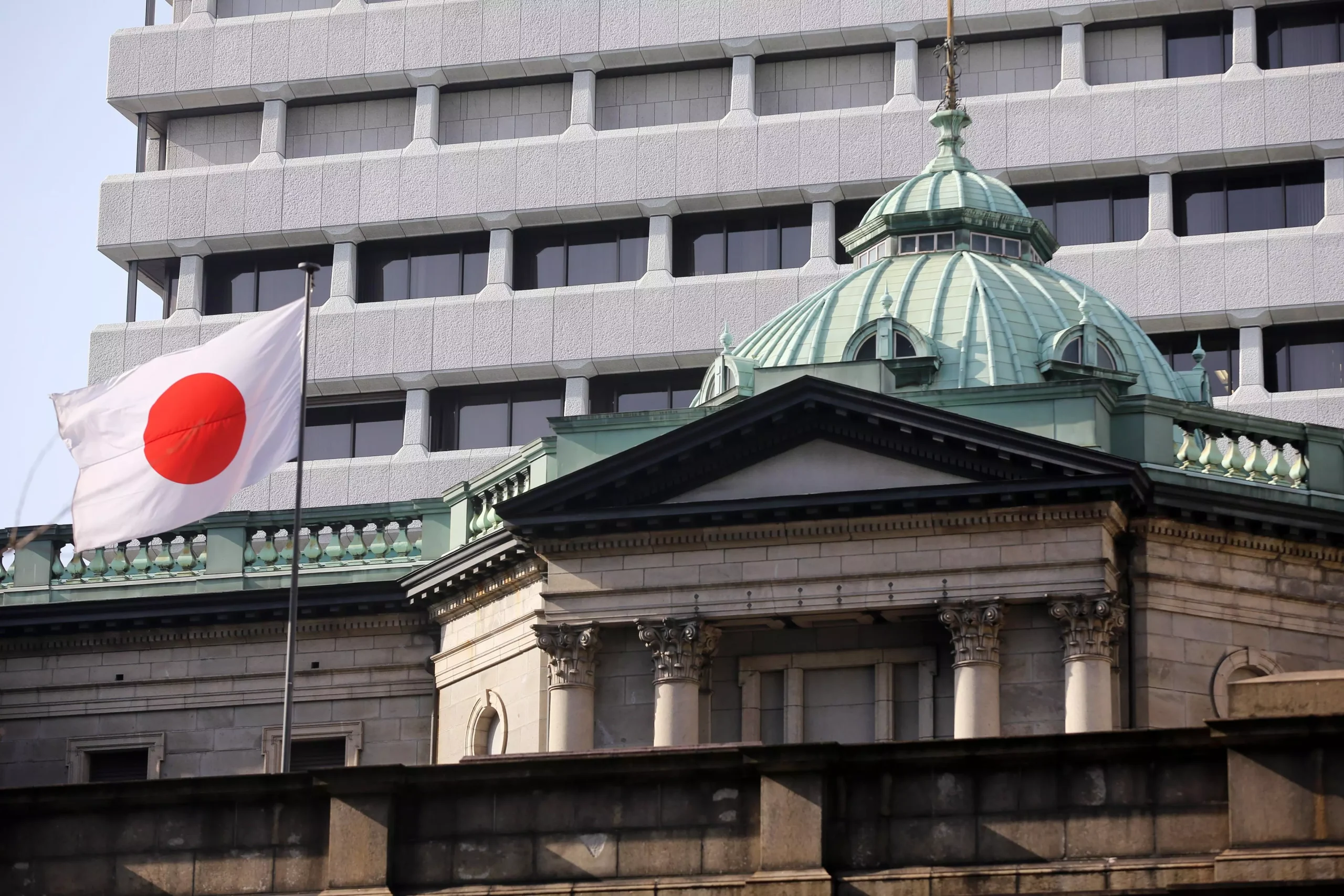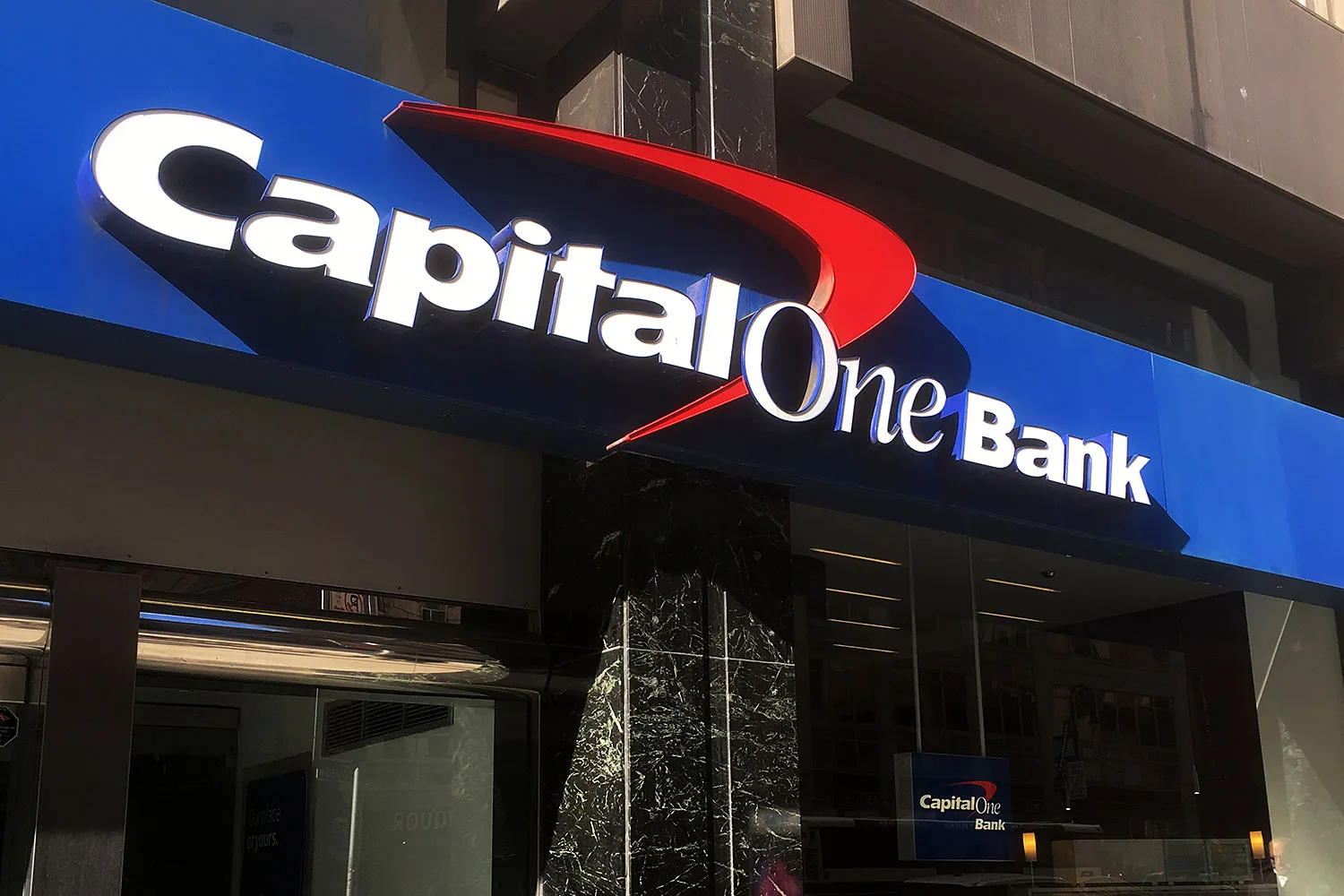isa, a global leader in financial transactions, has entered the digital asset space with the launch of its Visa Tokenized Asset Platform (VTAP). This platform, currently in a testing phase, aims to streamline the issuance and management of digital assets for institutional investors and central banks.
VTAP: A Gateway to Blockchain-Based Assets
VTAP serves as an end-to-end infrastructure for creating and managing a variety of digital assets, including stablecoins and central bank digital currencies (CBDCs). The platform operates in a “sandbox” environment, allowing participants like Banco Bilbao Vizcaya Argentaria (BBVA) to test its functionalities before a wider rollout.
Unlocking New Possibilities for Banks
Visa believes VTAP can empower banks to embrace blockchain technology. The platform enables the secure minting, transfer, and settlement of digital assets across both public and permissioned blockchains. This fosters innovation by allowing banks to:
- Automate workflows: Imagine using smart contracts to manage complex credit lines. With VTAP, banks can issue fiat-backed tokens that trigger automated payments upon fulfilling pre-defined terms.
- Facilitate new asset classes: VTAP envisions a future where banks enable customers to purchase tokenized commodities or treasuries. These transactions could settle near-instantly on the blockchain.
- Embrace interoperability: VTAP boasts the ability to connect with various blockchains through a single API. This allows banks to pursue diverse use cases and collaborate with partners across both public and private blockchain networks.
Bridging Traditional Finance and DeFi
Visa positions VTAP as a bridge between traditional finance and the world of decentralized finance (DeFi). By offering low-barrier technical integration, VTAP ensures participating banks can leverage its features seamlessly, potentially enhancing efficiency and facilitating innovation.
Legal Challenges and the Future of VTAP
While Visa ventures into the digital asset realm, it faces legal scrutiny in the United States. The Department of Justice (DOJ) has accused the company of wielding a debit payments monopoly by using exclusivity agreements and threats of penalties to stifle competition. Additionally, consumer advocacy groups allege that Visa and Mastercard operate as a duopoly, stifling competition within the debit and credit card payment sectors.
Also Read: Visa Enters $16 Trillion Asset Tokenization Market With New VTAP Platform For Banks
Despite these challenges, Visa’s foray into digital assets with VTAP signals a growing interest from traditional financial institutions in exploring the potential of blockchain technology. As the platform progresses through its testing phase and potentially into wider use, it will be interesting to see how VTAP shapes the future of digital asset management and the interaction between traditional finance and DeFi.
Disclaimer: The information in this article is for general purposes only and does not constitute financial advice. The author’s views are personal and may not reflect the views of Chain Affairs. Before making any investment decisions, you should always conduct your own research. Chain Affairs is not responsible for any financial losses.





